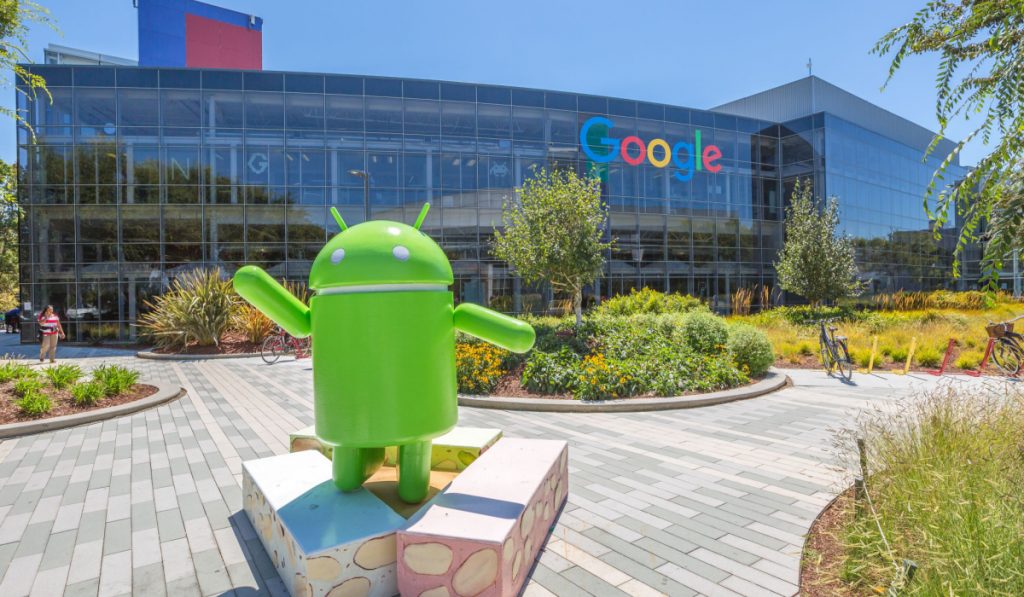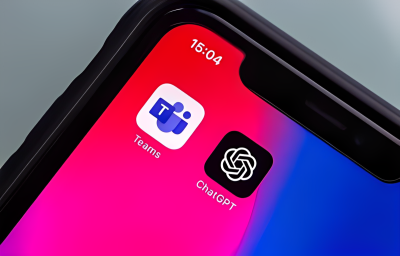Highlights –
- Since this year’s Google I/O in May, the usage of Compose has increased by 50% across the top 1,000 apps in the Google Play Store, assisting developers in writing less code for their apps.
- To help teach developers how to transition from Design 2 to Design 3 using Compose, Google has updated its sample apps, tutorials, and codelabs to use Material Design 3.
Google LLC announced the launch of a new stable release of Jetpack Compose, a developer tool to assist developers in building native Android user interfaces. The launch has come after more than a year since Jetpack Compose was released. This version has new capabilities that increase performance and efficiency for developers.
Google introduced Compose in July of last year to offer developers a toolkit to help them rapidly construct interactive, intuitive, Android-native user interfaces for apps with the least amount of coding possible. Since this year’s Google I/O in May, its usage has increased by 50% across the top 1,000 apps in the Google Play Store, assisting developers in writing less code for their apps.
The latest stable edition of Compose was unveiled at this year’s Android Developer Summit. A few features include baseline profiles to speed up app launch times, the introduction of Material 3 components, new Android Studio tools to support Compose, and the addition of Compose to Android TV.
Now that Compose supports a Bill of Materials, developers may more easily describe library dependencies in a single location, making it less error-prone when versions begin to differ. As a result, developers only need to specify one BOM version, and all versions of the Compose library will be derived from that.
Every time a Compose artifact has a new stable release, the Jetpack Compose team will publish a new version of the BOM, relieving developers of the burden of hunting up and updating each library. This also makes it easier to move from one stable release to the next.
The Quick Start Guide now includes instructions on incorporating the Compose BOM into your code.
With this release, Compose also gained several new features, such as the ability to draw text directly onto a Canvas with DrawScope.drawText and construct staggered UI grids for layouts using LazyHorizontalStaggeredGrid and LazyVerticalStaggeredGrid.
Developers can add changeable fonts to apps, alter characteristics using FontVariation, and add hyphenation with the LineBreak API for better text rendering.
To maintain compatibility with the latest iteration of Material Design with version 3, the design language developed by Android helps create beautiful, customizable components and user interfaces. by integrating them into Compose, developers can make their UI components stand out by customizing their apps’ colors, typography, and shapes. Each element, including buttons, cards, checkboxes, switches, and more, will instantly change to fit the themes the user has chosen.
To help teach developers how to transition from Design 2 to Design 3 using Compose, Google has updated its sample apps, tutorials, and codelabs to use Material Design 3.
Compose developers will find it simpler to use Android Studio, the code development environment, and the editor, thanks to various updates and tools. Tools for coordinating animations have been added to the Studio Dolphin stable release, and improved support for previewing across multiple devices. Live Edit has been pushed into beta with live updates, allowing developers to view the results of their UI code changes instantaneously.
Last, Google announced the first alpha version of Compose for Android TV. With components like Carousel and ImmersiveList now available, developers can jumpstart testing app designs for Android-based TVs. Additional features will be made available soon. While this tool is still in alpha, Google will use developer feedback to improve it so that future Android TV apps will be even better.














